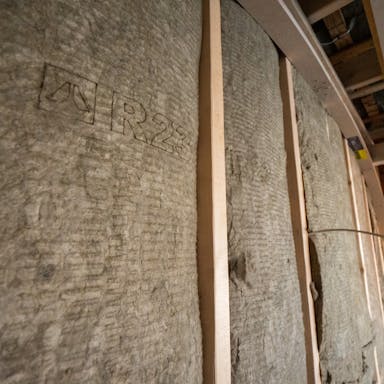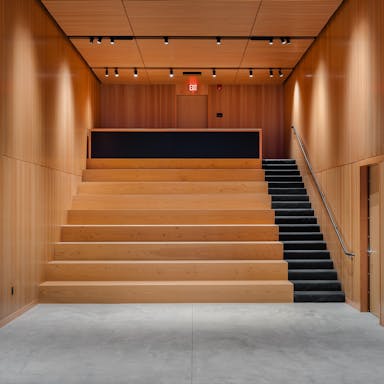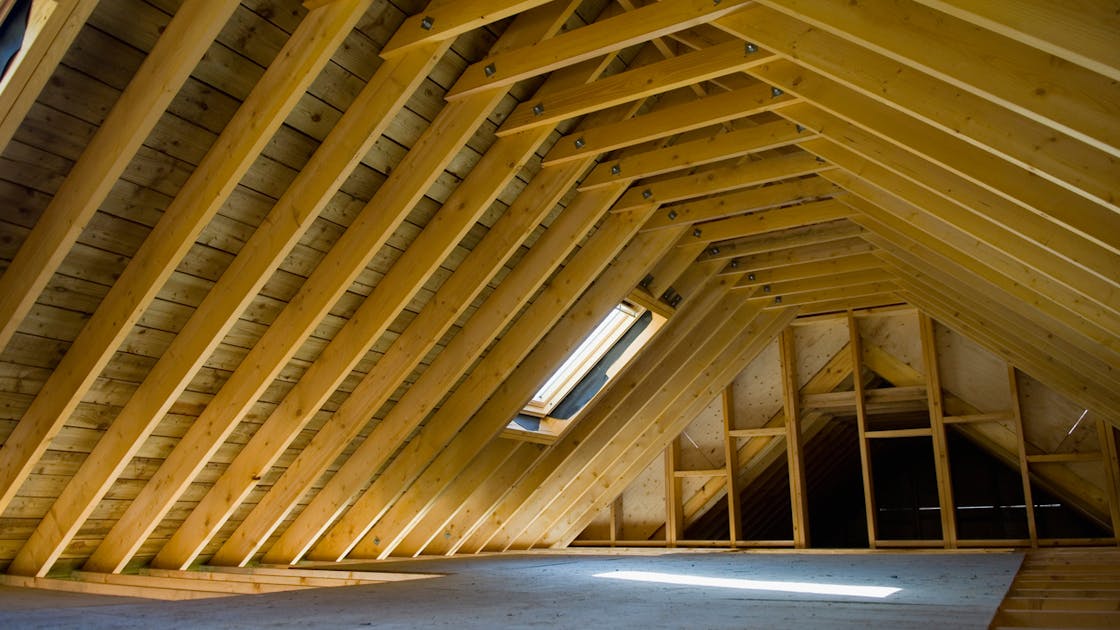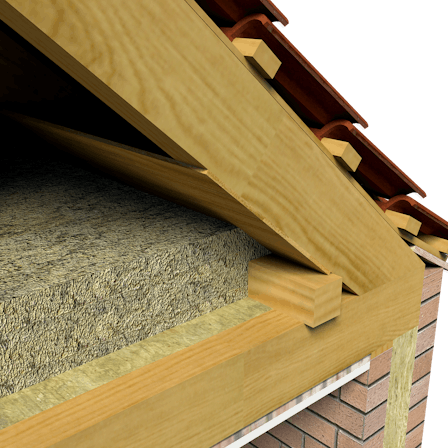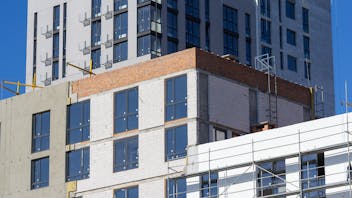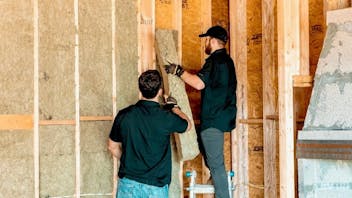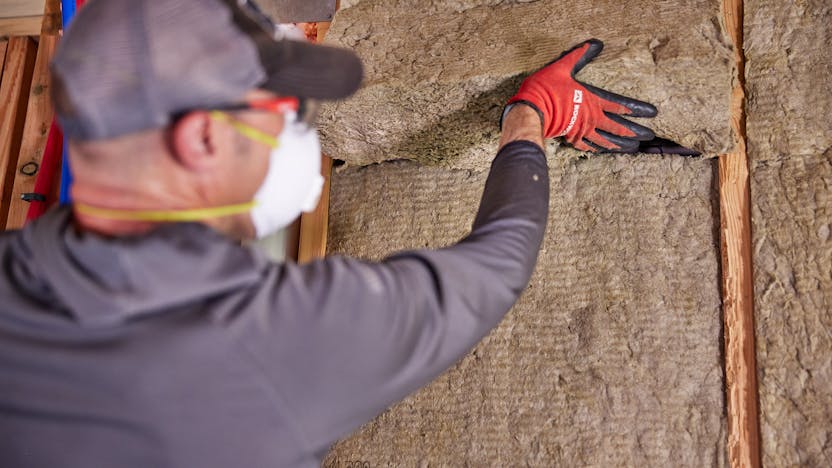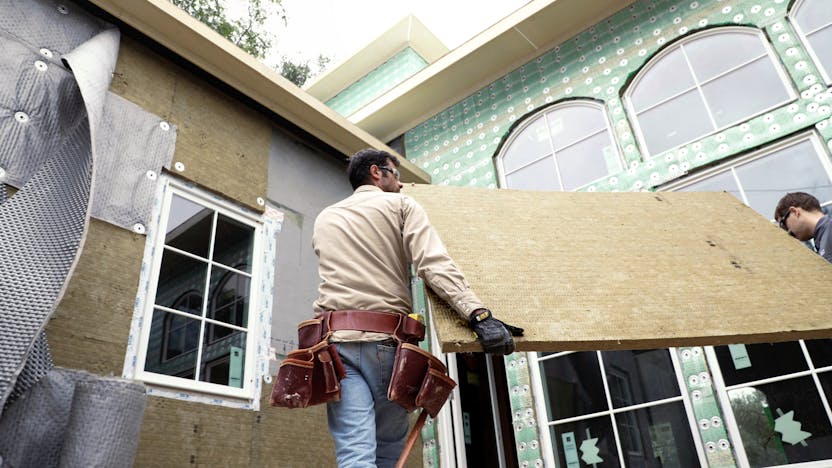Attic insulation can be added to a pitched roof or loft attic space – and it can be applied in a number of ways. In the case of unfinished wooden floors, light weight slabs can be applied.
When the floor has a finishing layer or is made of concrete, high density boards are common. This also leaves a remaining, walkable surface.
Our range is made from premium stone wool, providing a cost-effective and energy-efficient solution to maintaining consistent temperatures.
Learn all about it – and discover which ROCKWOOL product is right for your building or renovation project.
